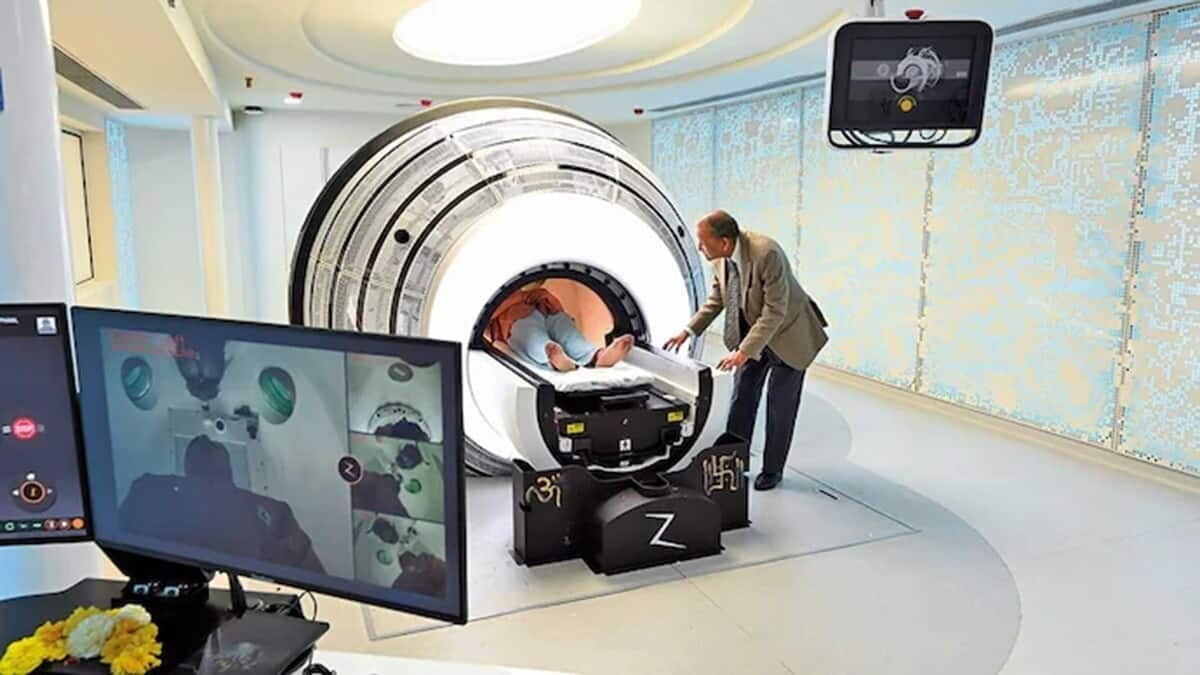
UPSC aspirant diagnosed with painful WWII-era condition from prolonged sitting
What's the story
A 21-year-old civil service aspirant has been diagnosed with a rare condition known as pilonidal sinus, or "Jeepers Bottom," at a private hospital in Delhi. The condition, which was first identified during World War II among soldiers, is characterized by recurring pus formation near the tailbone due to the accumulation of broken hair in a subcutaneous cavity.
Cause
Aspirant developed condition due to prolonged sitting
According to Tarun Mittal from the Department of Laparoscopic and Laser Surgery at Sir Ganga Ram Hospital, the student likely developed this condition due to prolonged sitting on library chairs for study sessions. Over time, the Union Public Service Commission (UPSC) aspirant began experiencing a painful swelling in his buttock cleft. The condition worsened, leading to increased pus discharge and excruciating pain that eventually left him bedridden.
Treatment
EPSiT performed on aspirant for quick recovery
"Considering his condition, we opted for EPSiT [Endoscopic Pilonidal Sinus Tract Ablation Surgery] as an ideal solution for the student so he could recover quickly and get back to his studies as soon as possible," said Mittal, who performed the surgery. During the procedure, a scope is introduced into the tract and thoroughly visualized for hair, which is then removed with grasping forceps.
Information
'Took 30 minutes to remove all hair from cavity'
After removing all the hair and debris from the tract, a cautery is used to burn it entirely. Then a brush is used for curettage. "It took almost 30 minutes to remove all the hair from the cavity," Mittal added. Mittal also highlighted that this latest minimally invasive endoscopic technique has revolutionized patient recovery and comfort. It enables patients to walk immediately after the operation.